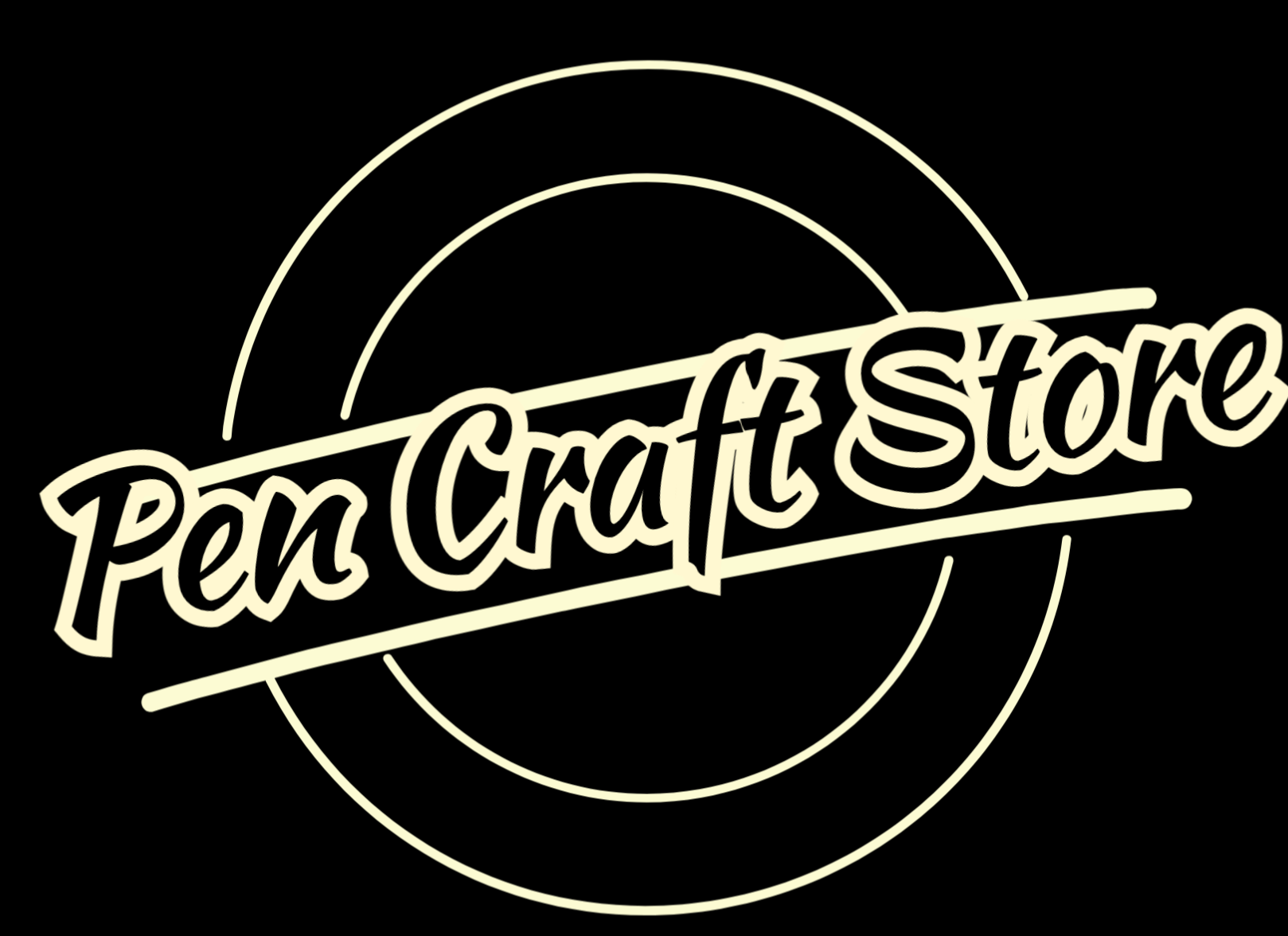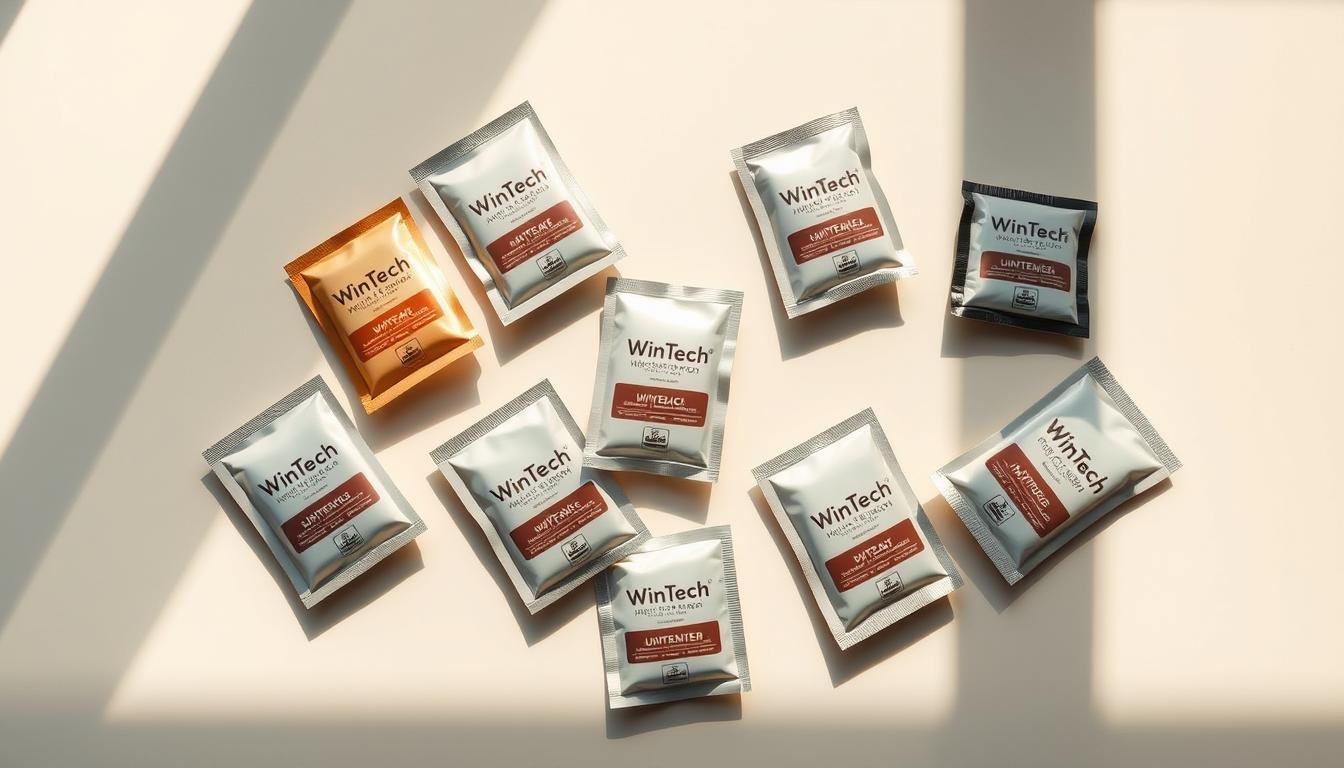What are sachets: Exploring Their Role in Modern Single-Serve Packaging Solutions
Have you ever wondered how tiny packets revolutionize the way we consume and experience products? What are sachets, and why are they becoming a game-changer in packaging solutions across multiple industries?
What are sachets? These compact, sealed packets represent a cutting-edge packaging innovation designed to deliver precise quantities of products in convenient, single-use formats. From your morning coffee to pharmaceutical medications, sachets have transformed how consumers interact with various goods.
Understanding what are sachets means recognizing their versatility. These small packets can contain liquids, powders, or granules, offering consumers an efficient and portable solution for diverse product needs. The sachets meaning extends beyond simple packaging—they represent convenience, portion control, and reduced waste in modern consumption patterns.
What are sachets have rapidly evolved from traditional perfumed pouches to sophisticated packaging solutions that cater to global consumer demands. Their compact design makes them ideal for sampling, travel, and quick consumption across multiple sectors.
Key Takeaways
- Sachets provide precise, single-serve product packaging
- Versatile solutions for multiple industries
- Compact and convenient packaging format
- Supports portion control and reduced waste
- Enables product sampling and portability
What Are Sachets? Definition and Purpose
Sachets have revolutionized the way we consume and package various products. These small, single-use packets provide convenient and precise solutions across multiple industries. Understanding what are sachets can help you appreciate their versatility and practical applications in modern packaging.
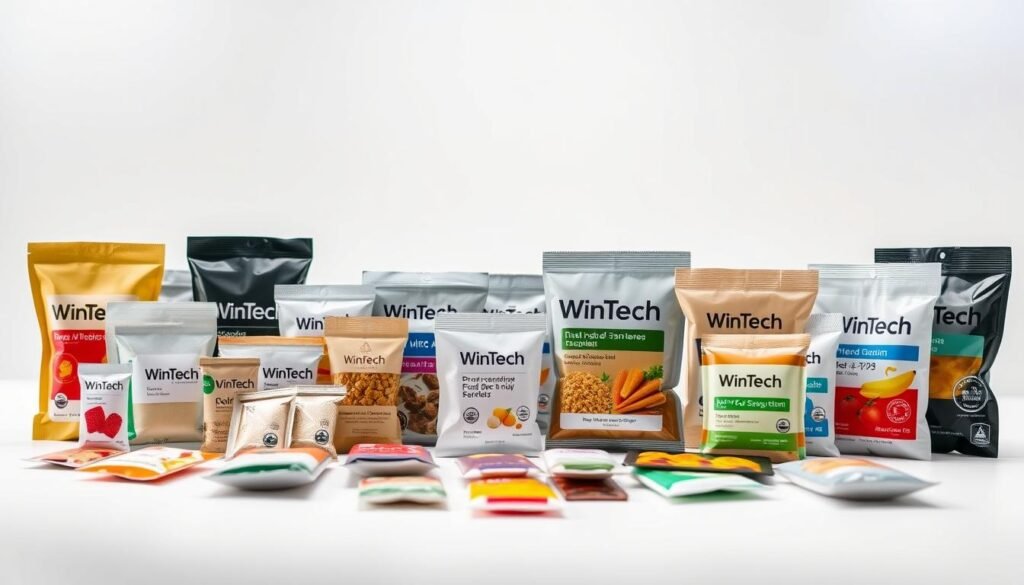
The Evolution of Packaging Design
Single-use sachets emerged as an innovative packaging solution, transforming how consumers interact with products. From historical scented pouches to modern multi-layered packaging, sachets have undergone significant technological improvements. Modern sachets typically feature sophisticated laminated structures combining materials like polyethylene, aluminum foil, and polyester.
Common Uses of Sachets
- Food and beverage portion control
- Cosmetic and personal care sample distribution
- Pharmaceutical medication packaging
- Condiment and seasoning delivery
Types of Sachets Available
Sachets vs packets might seem similar, but they offer distinct packaging characteristics. Different sachet types include:
| Sachet Type | Primary Application | Key Features |
|---|---|---|
| Flat Sachets | Cosmetics and pharmaceuticals | Slim, compact design |
| Pillow Sachets | Food and beverage | Rounded, easy-to-open shape |
| Shaped Sachets | Specialty products | Custom contours for unique items |
Benefits of Using Sachets
Sachets for cosmetics and other products offer numerous advantages. They provide precise portion control, extend product shelf life, and reduce packaging waste. Consumers appreciate the convenience and portability of single-use sachets across various industries.
Whether you’re exploring packaging solutions for personal care, food, or pharmaceutical products, sachets represent an efficient and user-friendly approach to product distribution.
What Are Sachets? Key Industries and Applications
Sachets have revolutionized packaging across multiple industries, offering convenient, portable, and precise single-serve solutions. These compact containers play a crucial role in delivering products efficiently and effectively across various sectors.
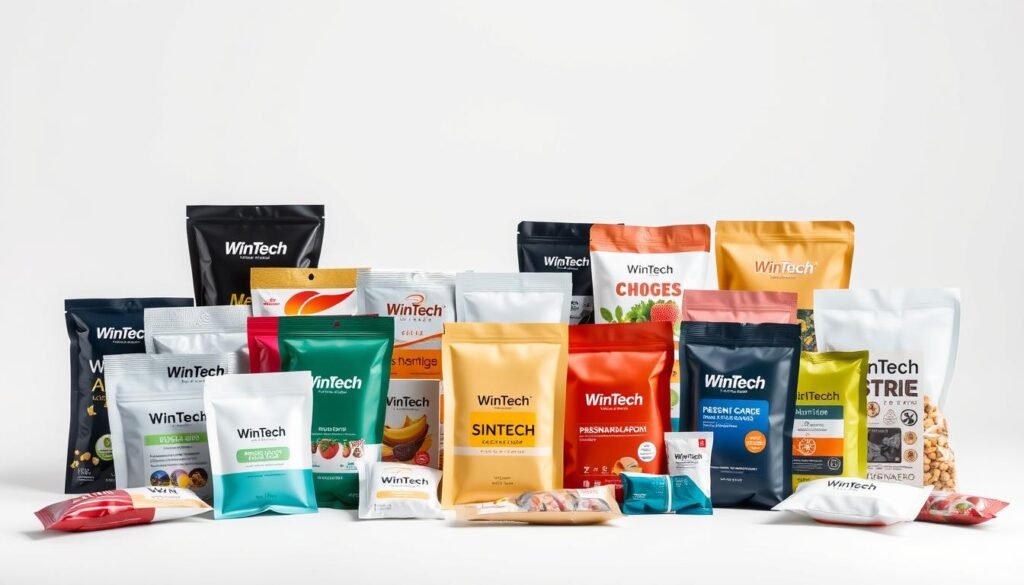
Sachets represent a versatile packaging option that meets diverse consumer needs. From food and beverage to personal care and pharmaceuticals, these small packets transform how products are distributed and consumed.
Food and Beverage Industry Applications
In the food and beverage sector, sachets have become indispensable for delivering convenient single-serve options. Powder sachets and tea sachets are particularly popular, enabling quick and easy preparation of drinks and meals.
- Sugar sachets for coffee shops and restaurants
- Instant drink mix packets
- Condiment and spice portions
- Travel-friendly food packaging
Cosmetic and Personal Care Product Innovations
Cosmetic brands leverage sachets to provide sample-sized products, allowing consumers to test items before purchasing full-sized versions. These compact packages are perfect for travel and offer precise product quantities.
| Product Type | Sachet Application |
|---|---|
| Skincare Samples | Single-use moisturizers |
| Hair Care | Shampoo and conditioner packets |
| Makeup | Foundation and primer samples |
Pharmaceutical Packaging Solutions
Pharmaceutical companies rely on sachets to ensure precise medication dosing. These packaging solutions maintain product integrity, prevent contamination, and provide accurate single-dose measurements for various medical treatments.
- Medication powder sachets
- Nutritional supplement packaging
- Precise dosage control
- Portable medical treatments
By understanding what are sachets and their versatile applications, you can appreciate how these small packages transform product delivery across multiple industries.
What Are Sachets? Environmental Considerations
The packaging industry is undergoing a significant transformation in response to growing environmental concerns. Sachets for packaging are at the forefront of this sustainable revolution, with manufacturers exploring innovative approaches to reduce ecological impact.
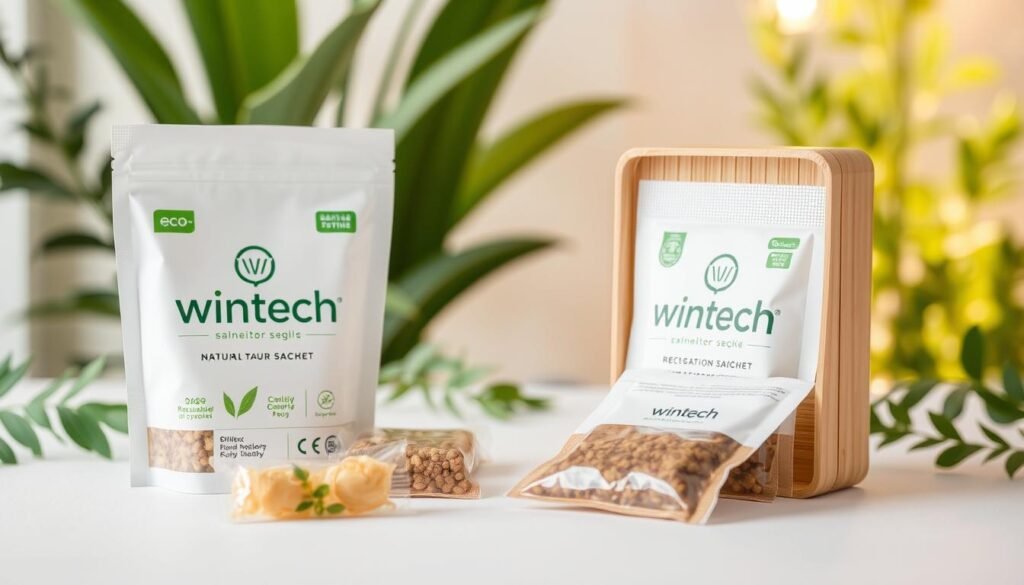
Sustainability has become a critical focus for companies producing what are sachets. Brands are now investing in research and development to create more environmentally responsible packaging solutions that meet both consumer demands and ecological standards.
Sustainability Efforts in Sachet Production
Manufacturers are implementing several key strategies to improve the environmental profile of sachets:
- Developing thin-film materials with reduced plastic content
- Exploring plant-based and biodegradable packaging alternatives
- Implementing circular economy principles in production
Recyclable and Biodegradable Options
The latest innovations in sachets for packaging include advanced material technologies that address environmental concerns:
| Material Type | Environmental Impact | Decomposition Time |
|---|---|---|
| Compostable Films | Minimal Environmental Footprint | 180-360 days |
| Bio-based Plastics | Reduced Carbon Emissions | 90-180 days |
| Recycled Polymer Sachets | Circular Economy Support | Reusable/Recyclable |
Consumer Preferences for Eco-Friendly Packaging
Consumers are increasingly demanding sustainable packaging solutions. Eco-conscious buyers prioritize brands that demonstrate genuine commitment to environmental responsibility when choosing sachets for packaging.
The future of sachets lies in balancing product protection, convenience, and environmental stewardship. By investing in green technologies, manufacturers can create packaging that meets both consumer needs and ecological requirements.
What Are Sachets? The Future of Single-Serve Packaging
The world of sachets for packaging is rapidly evolving, bringing exciting innovations that transform how consumers interact with products. Modern technology has turned these small packets into powerful marketing tools, integrating digital experiences with traditional packaging solutions.
Smart packaging technologies are revolutionizing what are sachets by embedding interactive features like QR codes and NFC chips. Brands such as Nestlé and Procter & Gamble are leading the charge, creating packaging that connects directly with consumers through smartphones and digital platforms.
Innovations in Sachet Design
Cutting-edge sachet designs now focus on enhancing user experience and brand engagement. Manufacturers are developing sachets with advanced materials that provide better protection, improved sustainability, and more intuitive interaction for consumers seeking convenient single-serve solutions.
The Rise of Customizable Sachets
Personalization is driving the next wave of sachets for packaging. Companies are exploring ways to create bespoke packaging that speaks directly to individual consumer preferences, enabling brands to offer unique, tailored experiences in compact, single-serve formats.
Consumer Trends Influencing Sachet Usage
Consumer demand for convenience, sustainability, and digital connectivity continues to shape sachet development. Brands are responding by creating eco-friendly options, incorporating recyclable materials, and developing packaging that offers more than just product containment.
